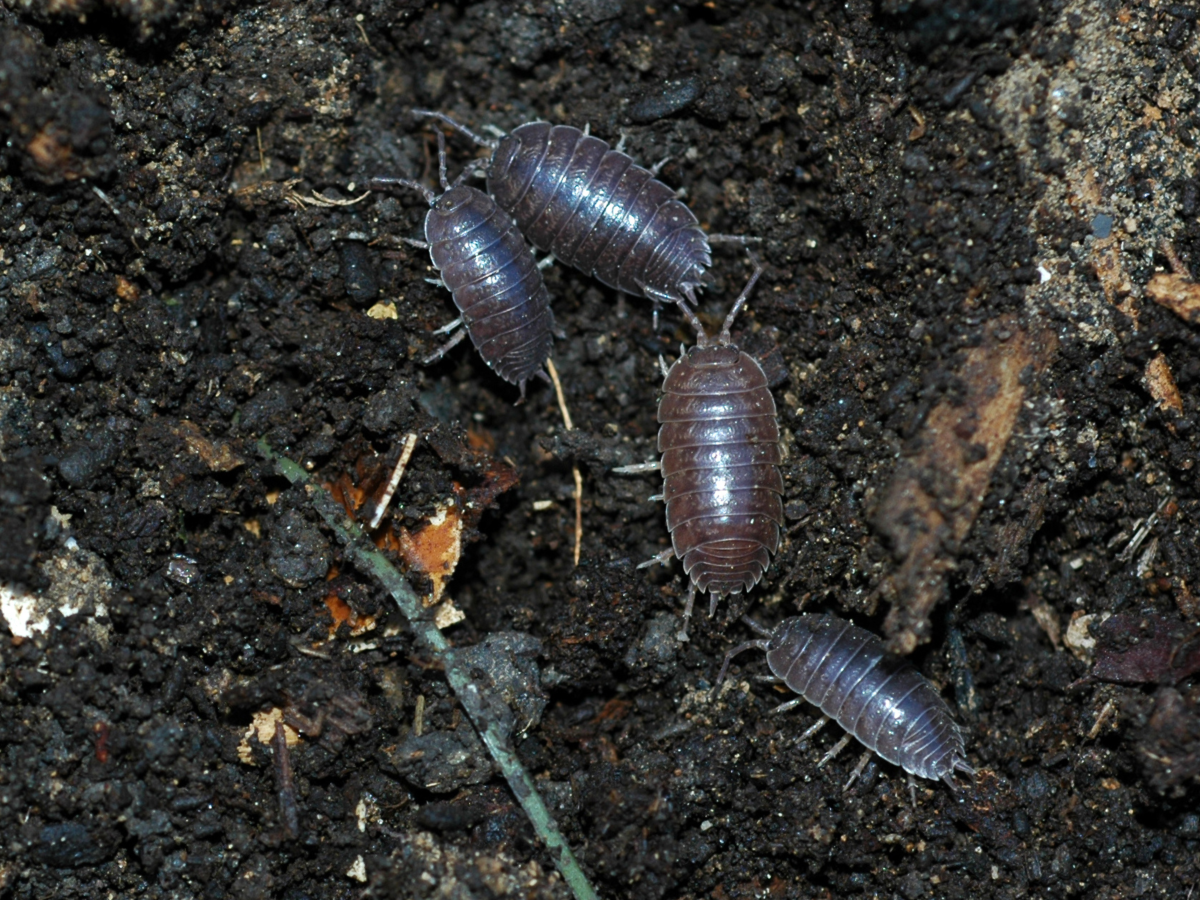Introduction
Rolly pollies, also known as pill bugs or woodlice, are common garden inhabitants that can sometimes become a nuisance. These small crustaceans thrive in moist, shaded environments and feed on decaying plant matter. While they play a beneficial role in breaking down organic material, their population can occasionally explode, leading to damage in seedlings and tender plants. Controlling rolly pollies effectively requires understanding their behavior and habitat preferences. This article explores proven, expert-backed methods to manage and reduce rolly pollie populations in your garden while maintaining ecological balance.
Understanding Rolly Pollies: Behavior and Habitat
What Are Rolly Pollies?
Rolly pollies are terrestrial crustaceans that breathe through gills and require moist environments to survive. They are detritivores, primarily feeding on dead plant material, which helps recycle nutrients back into the soil. However, when their numbers surge, they might attack young plants, roots, and fruits.
Why Do They Invade Gardens?
Gardens with excessive moisture, dense mulch, and abundant organic debris create ideal conditions for rolly pollies. Overwatering or poor drainage often exacerbates their presence. Recognizing these conditions helps gardeners target control methods effectively.
Practical Methods to Control Rolly Pollies in Gardens
1. Modify the Garden Environment
- Reduce moisture levels: Improve soil drainage and avoid overwatering to create less hospitable conditions.
- Remove excessive mulch: Limit thick layers of organic mulch where rolly pollies hide.
- Clear garden debris: Remove fallen leaves, rotting wood, and other organic matter regularly.
2. Physical Barriers and Traps
- Use diatomaceous earth: Sprinkle a thin layer around vulnerable plants; it damages the exoskeleton of rolly pollies on contact.
- Set up rolled cardboard traps: Place damp cardboard pieces overnight to attract rolly pollies, then dispose of the traps in the morning.
3. Biological Control
Encouraging natural predators can reduce rolly pollie populations:
– Ground beetles and centipedes: These predators hunt rolly pollies.
– Birds: Attract insectivorous birds by providing feeders and water sources.
4. Chemical Control: When and How to Use
Chemical pesticides are generally not recommended due to environmental impact and limited effectiveness. If necessary, use targeted baits or insecticides labeled safe for garden use and follow the manufacturer’s instructions carefully.
Expert Tips for Long-Term Management
- Monitor regularly: Early detection helps prevent infestations.
- Rotate plantings: Avoid planting the same susceptible species in the same area repeatedly.
- Maintain garden hygiene: Regularly clear weeds and debris to minimize shelter.
Conclusion
Controlling rolly pollies in your garden involves a balanced approach combining environmental management, physical barriers, and encouraging natural predators. By reducing moisture, removing hiding spots, and monitoring populations, you can protect your plants without harming beneficial garden organisms. Remember, rolly pollies contribute to soil health, so aim to manage—not eradicate—them. Implement these strategies consistently to maintain a healthy, thriving garden free from rolly pollie damage.
